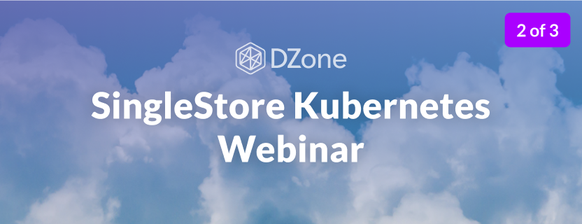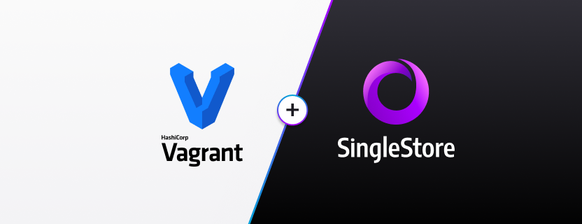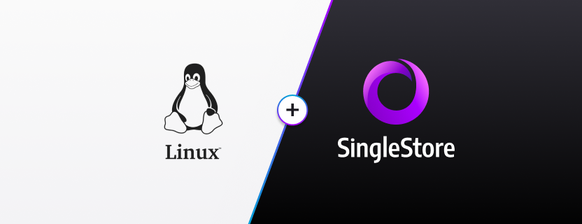Rob Richardson
Developer Evangelist

Product
DZone/SingleStore Webinar 1 of 3: Kubernetes & State
Aug 12 2021

Product
Spin Up a SingleStore Cluster on Windows in 20 Minutes
Aug 26 2020

Data Intensity
DZone-SingleStore Webinar 3 of 3: Kubernetes StatefulSets and Q&A
May 4 2020

Product
DZone/SingleStore Webinar 2 of 3: Kubernetes File Storage, Configuration, and Secrets
Apr 18 2020

Product
Spin up a Cluster on SingleStore Helios in 10 Minutes
Feb 24 2020

Product
Kubernetes 101: Architecture
Feb 17 2020

Product
What’s After the MEAN Stack?
Feb 16 2020

Product
Spin up a SingleStore Cluster on Vagrant in 10 Minutes
Feb 11 2020

Product
Spin up a SingleStore Cluster on Linux in 10 Minutes
Feb 11 2020

Product
A Balanced Approach to Database Use with Microservices
Jan 31 2020

Product
Spin Up a SingleStore Cluster on Docker Desktop in 10 Minutes
Nov 27 2019
Showing 11 of 11 items